In the realm of printmaking, two prominent techniques stand out: monoprinting and relief printing. While both methods involve the transfer of an image onto paper, they differ significantly in terms of process, artistic possibilities, and visual outcomes. In this blog post, we will delve into the intricacies of these techniques, highlighting their unique characteristics and shedding light on the differences between monoprinting and relief printing.
- Monoprinting:
Monoprinting is a versatile and spontaneous printmaking technique that allows for the creation of one-of-a-kind prints. Unlike other printmaking methods, such as etching or lithography, monoprinting does not produce identical multiples. Each print is unique, making it a favored choice among artists seeking to explore experimentation and individual expression.
The process of monoprinting involves applying ink or paint onto a plate, such as glass or metal, and then transferring the image onto paper using a printing press or by hand. Artists can manipulate the ink or paint on the plate, creating various textures, layers, and color combinations. This freedom of expression enables artists to achieve a wide range of effects, from bold and expressive marks to delicate and nuanced details.
- Relief Printing:
Relief printing, on the other hand, is a technique that involves carving or etching a design onto a block or plate, leaving the raised areas to be inked and printed. The most common form of relief printing is woodcut, where the design is carved into a block of wood. Linocut, which uses linoleum instead of wood, is another popular relief printing method.
The process of relief printing begins with the artist sketching the design onto the block, followed by carefully carving away the areas that are not intended to be printed. Ink is then applied to the raised surface of the block, and paper is pressed onto it, transferring the image. The result is a bold, graphic print characterized by distinct lines and shapes.
- Key Differences:
Now that we have explored the basics of monoprinting and relief printing, let's examine the key differences between these two techniques:
a. Reproducibility: Monoprinting produces unique prints, while relief printing allows for the creation of multiple identical prints.
b. Process: Monoprinting involves applying ink or paint onto a plate and transferring it onto paper, whereas relief printing requires carving a design onto a block and inking the raised areas.
c. Artistic Possibilities: Monoprinting offers greater freedom for experimentation and spontaneity, allowing artists to create a wide range of effects. Relief printing, on the other hand, lends itself to bold, graphic imagery with distinct lines and shapes.
d. Texture and Depth: Monoprinting often results in layered and textured prints, while relief printing produces prints with a more pronounced relief and a tactile quality.
Conclusion:
In conclusion, monoprinting and relief printing are two distinct techniques within the realm of printmaking. Monoprinting offers artists the freedom to create unique, expressive prints, while relief printing allows for the production of multiple identical prints with bold, graphic qualities. By understanding the differences between these techniques, artists can choose the method that best suits their artistic vision and desired outcomes. So, whether you are drawn to the spontaneity of monoprinting or the graphic precision of relief printing, both techniques offer endless possibilities for artistic exploration and expression.



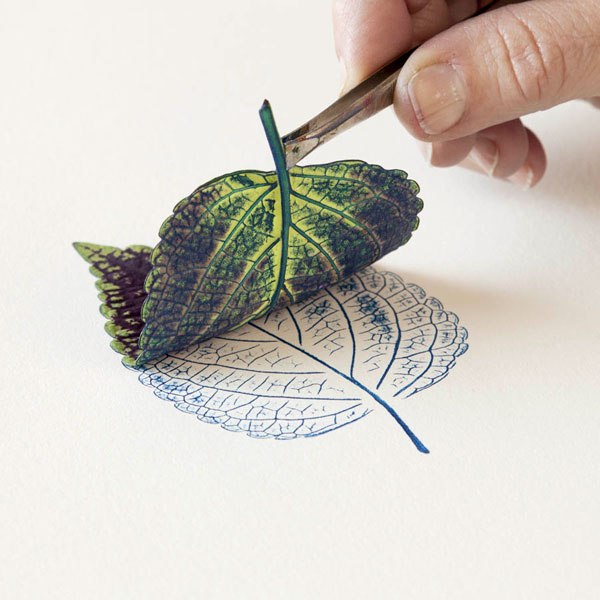
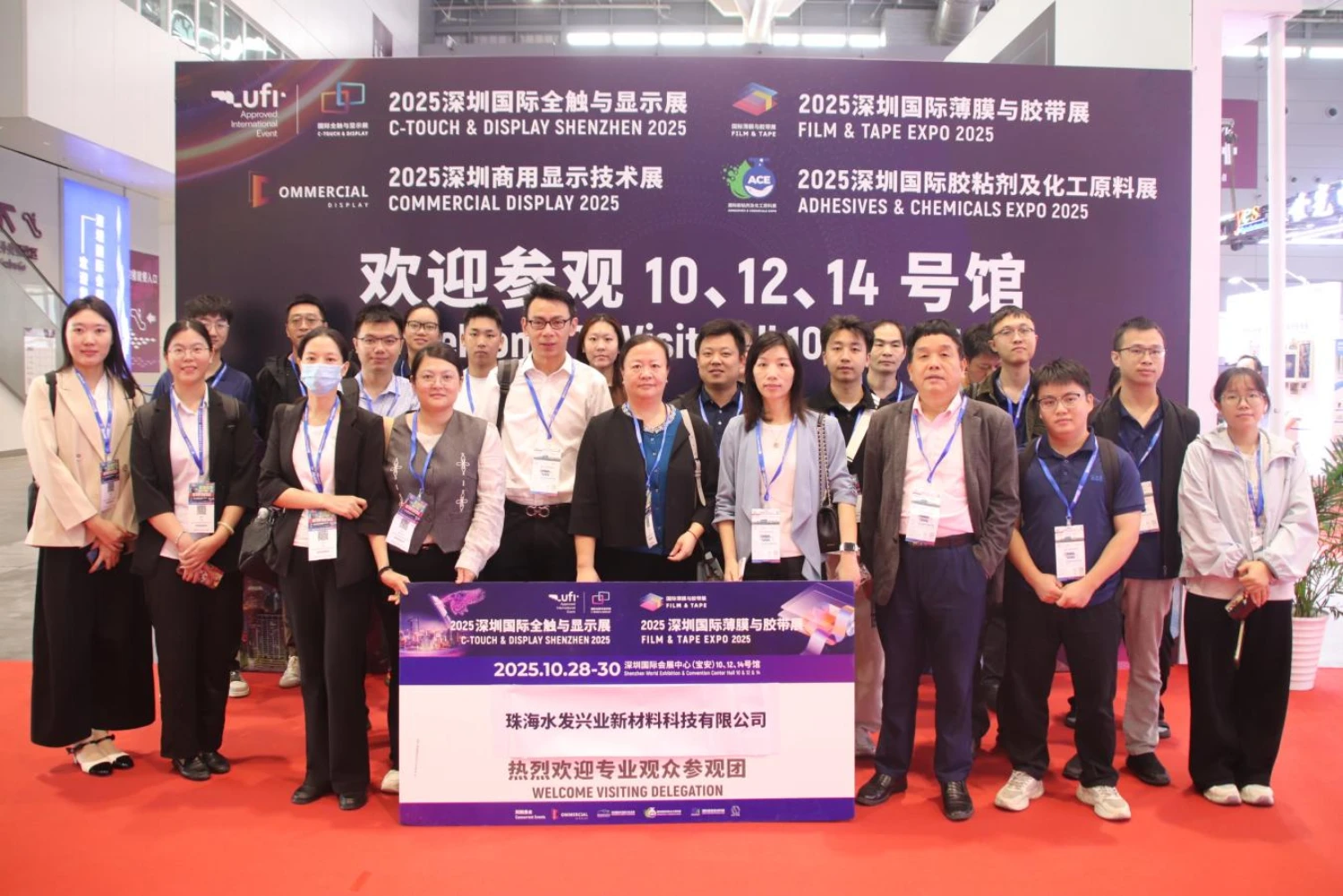
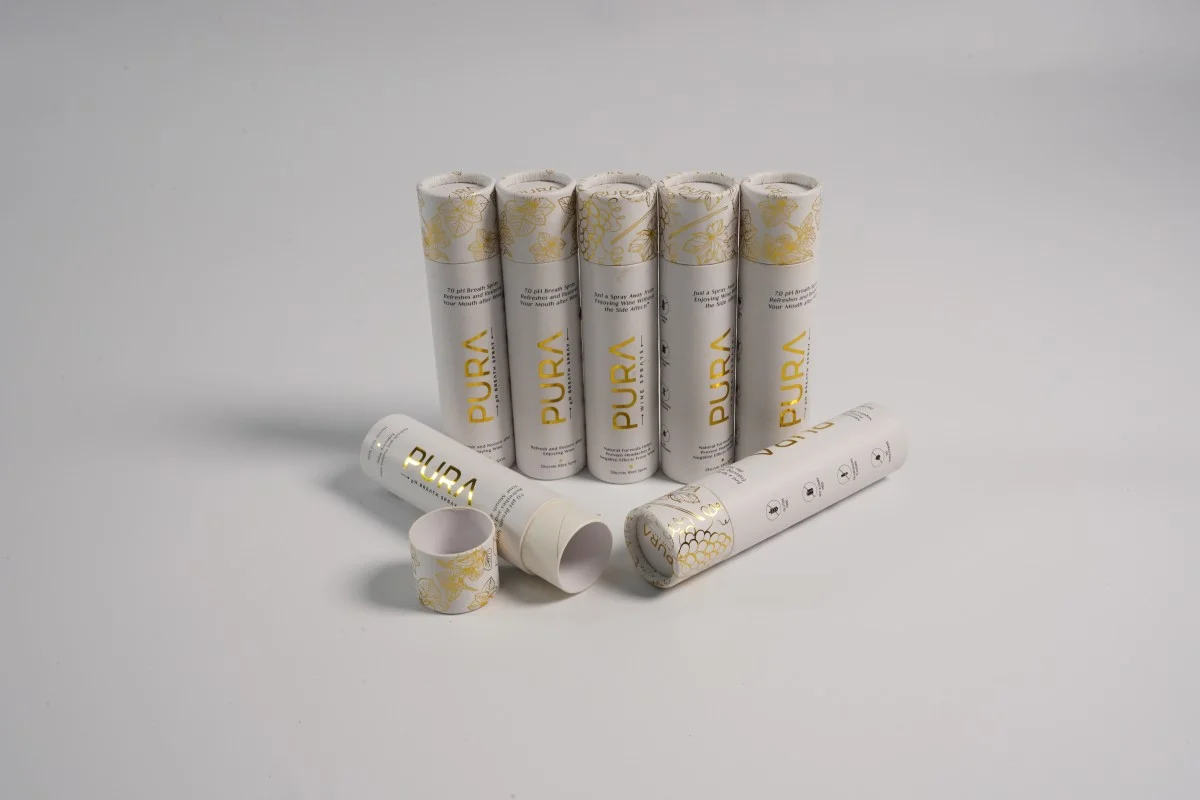
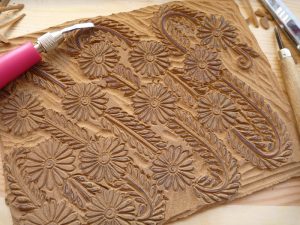
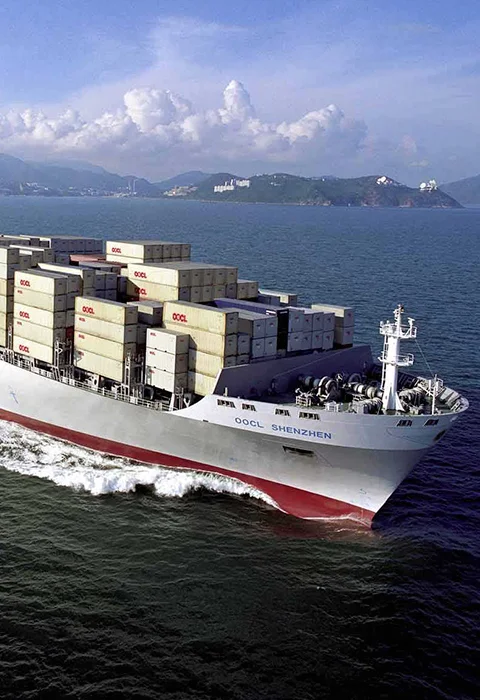

+ There are no comments
Add yours